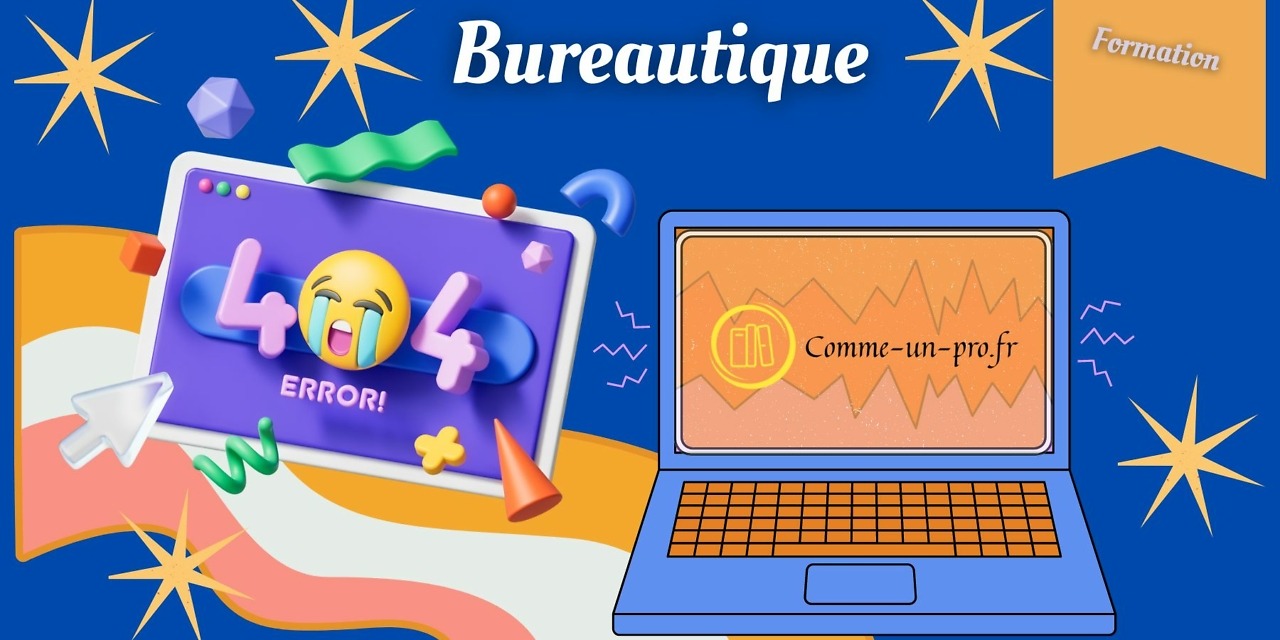Understand the importance of managing an inactive Gmail account
Managing our online accounts has become an integral part of our daily lives. Among these accounts, Gmail stands out as one of the services of most popular messengers and the most used. However, what happens when we stop using a Gmail account?
It is important to note that even if a Gmail account is inactive, it continues to receive emails. This can cause problems, because your interlocutors may not be aware that the email address to which they write is no longer consulted. Fortunately, Google has provided a solution for this: the automatic response for inactive accounts.
As of June 1, 2021, Google has implemented a policy that data from inactive accounts that have storage space may be deleted if no login has been made to the Gmail account for 24 months. However, your account will not be deleted and will remain functional unless you decide otherwise.
It is also possible to shorten the time from which your Gmail account should be considered inactive. You don't have to wait 2 years for the automatic response to activate. The settings allow you to set inactivity to 3 months, 6 months, 12 months or 18 months. It is also from the inactive account manager that you activate the automatic response.
How to Set a Gmail Account to Inactive and Enable Auto Reply
It's important to understand when and how a Gmail account is considered inactive. As of June 1, 2021, Google has implemented a policy of deleting data from inactive accounts that have storage space. If you do not log into your Gmail account for 24 months, Google will consider the account inactive and may delete the stored data. However, Google will not delete your account even if your email address has not been used for more than 2 years. Your Gmail account will always remain in operation, unless you decide otherwise.
There is an option in your Google account settings to request automatic deletion of your Gmail address after a chosen period of inactivity. You can also decide to shorten the time after which your Gmail account should be considered inactive. It is not necessary to wait 2 years for the sending of an automatic response to be activated. The settings allow you to set inactivity to 3 months, 6 months, 12 months or 18 months. It is also from the inactive account manager that you activate the automatic response.
To enable an automatic response when someone writes an email to your inactive Gmail account, you must first set a time period after which your account should be considered inactive. Here are the different steps to follow:
- Go to the inactive account manager.
- Define the duration from which your account should be considered inactive.
- Provide a contact phone number and email address (when the time comes, you will receive alerts to let you know that the account is becoming inactive).
- Click on Next to configure the sending of an automatic email, after having defined the duration of inactivity in the inactive account manager.
- Choose the subject and write the message that will be sent.
These steps will allow you to set up automatic messages in case of inactivity. On the same page, you can indicate the contact details of people who can then take over your account in the event of inactivity. The next page allows you to choose whether or not you want your account to be deleted after the set inactivity time.
You can change your settings at any time by going to Manage your Google account > Data and privacy > Plan your historical heritage.
The pros and cons of enabling an auto-reply on an inactive Gmail account
Activating an automatic response on an inactive Gmail account can be a practical solution to inform your correspondents that you no longer check this account. However, this feature has both advantages and disadvantages.
Among the advantages is that it avoids any confusion or frustration on the part of your correspondents. They will not sit around waiting for an answer that will never come. Plus, it can help you maintain a professional image, even if you don't check that account anymore.
However, there are also disadvantages to consider. For example, enabling an auto-reply may encourage spammers to send more messages to your account, knowing that they will receive a response. Also, if you receive important emails on this account, you may miss them if you no longer check the account.


